The Trident of Volodymyr the Great

The national and state symbol of Ukraine, embodying Ukrainian sovereignty.
X ст.
Fonts:
Lutsk Type
Designer:
The Ukrainian coat of arms is the latest adopted official state symbol of Ukraine, and the small coat of arms was adopted on February 19, 1992. This heraldic emblem, consisting of three cross-like prongs, is one of the oldest Ukrainian symbols with deep historical roots. Its earliest known depiction, found by archaeologists, dates back to the 10th century.
However, it gained widespread recognition during the era of Kyivan Rus’. Let us explore the origin of the Trident of Volodymyr the Great, the Prince of Kyivan Rus’ in 978-1015, and its significance for the Ukrainian people.
Initially, the trident was used by Volodymyr’s father, Prince Sviatoslav the Brave (945-972). His seals were bearing his name and the princely sign with two prongs. This symbol belonged to the Rurikids dynasty of princes. It is believed that Volodymyr the Great added a third prong to this sign to distinguish the princely symbols of Sviatoslav, Volodymyr, and other members of the princely family.
However, it is worth saying that currently, there are 43 hypotheses regarding the meaning of the trident, and one of them asserts that Volodymyr chose the trident as his emblem to emphasize the unity of the three major Ukrainian lands: Polesia, Siveria, and Volhynia.
This symbol became a sign of patriotic unity of Ukrainian lands under the rule of the Kyivan prince.
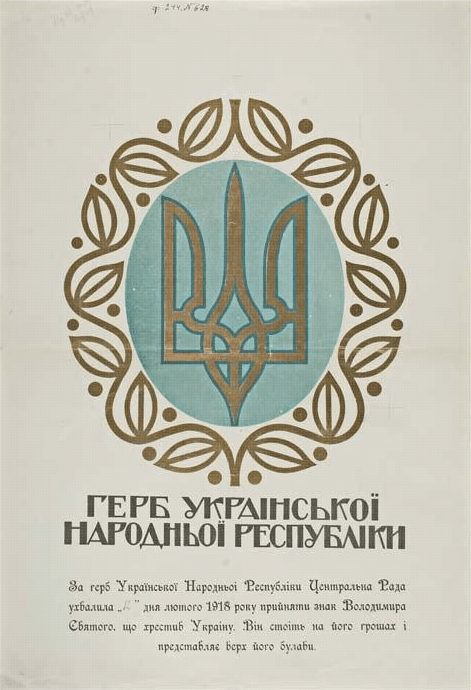
After the adoption of Christianity, Volodymyr the Great also began adding the invocational cross above the top of the central prong of the trident on some coins. It was meant to be a symbol of Kyivan Rus' joining the family of European Christian countries. Thus, the image of the trident with the cross emerged.
In the 14th century began the formation of heraldic national systems. The Zaporizhian Host – a military force that existed on the rapids of the Dnipro river from the 15th to the 18th century - had its own coat of arms, which featured a Cossack with a musket. The symbol was depicted on military seals of Hetman (military commanders) and Koshovyi Otaman (chief officer of the central governmental body) between the 16th and the first half of the 17th century. From the late 17th century, both the Horod Host (Cossacks who lived in towns and villages, separated from the Zaporizhzhian Host) and Nyz Host (Cossacks who were not accepted into military service in the Polish-Lithuanian Commonwealth’s army) used the traditional coat of arms.
However, the full establishment of their own heraldic system was hindered by the complete elimination of Hetmanshchyna (Cossack State) autonomy.
With the declaration of the Ukrainian People’s Republic in November 1917, the issue of the state became relevant once again. The Tsentralna Rada (Central Council — revolutionary parliament) initiated the formation of a special preparatory commission, composed of historians, lawyers, heraldists, and artists, led by Mykhailo Hrushevskyi. He believed that the coat of arms of Ukraine should feature a golden plough on a blue background as a “symbol of creative peaceful labor,” with historical emblems of Ukrainian lands surrounding it. The commission considered several proposals but ultimately chose the Trident.
On January 6, 1918, the trident with a cross above the central "fang" in an octagonal frame appeared on the first banknotes issued by the Ukrainian People’s Republic. The author of the 100 karbovantsi banknote was the artist-graphic designer Heorhiy Narbut. Then, on February 25, 1918, during a session of the Mala Rada (Small Council — an organ of the Central Council that operated between sessions), the Coat of Arms of the Ukrainian People’s Republic was officially adopted. Almost a month later, on March 22, the Mala Rada adopted the depiction of the coat of arms designed by the renowned artist Vasyl Krychevskyi – the Trident of Prince Volodymyr the Great, encircled by an olive wreath.
During the time of the Hetmanate (Ukrainian State) that followed the Ukrainian People’s Republic, the Trident remained in heraldic use. On November 24, 1918, a special commission approved the designs of the emblem and seal prepared by Heorhiy Narbut, but they remained unadopted.
After Ukraine lost the independence gained during the interwar period, the Trident became a symbol of the Ukrainian people’s fight for freedom. It was used by exiled members of the Government of the Ukrainian People’s Republic and various political organizations. Notably, the emblem of the Organization of Ukrainian Nationalists also features the Trident with a sword in place of the middle prong.
The Trident was also used as a symbol by both the Melnyk and Bandera fractions of the Organization of Ukrainian Nationalists. Following the proclamation of the Act of Restoration of the Ukrainian State (1941), subordinate groups were ordered to hang Trident symbols, national and organizational flags on all buildings occupied by state institutions.
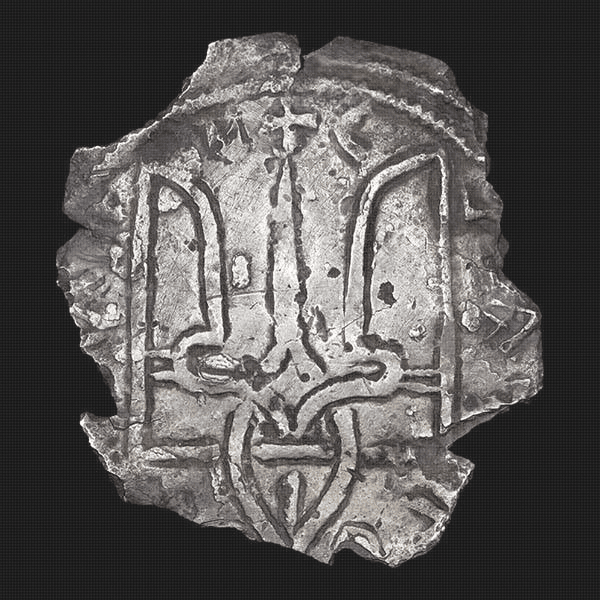
A highly significant fact is that the Trident was banned in the USSR. For the communist regime, it remained a symbol of nationalism and the struggle for Ukrainian statehood. Until the achievement of independence, the KGB repeatedly prosecuted cases related to the use of nationalist symbolism.
After Ukraine regained its independence in the early 1990s, the Trident as the small state emblem was officially adopted on February 19, 1992, by the Verkhovna Rada (Supreme Council) of Ukraine (along with additional images). The issue of the large coat of arms was temporarily postponed for the future. However, the very fact that Russian aggression in Crimea and eastern Ukraine began with the destruction of the Trident and suppression of the Ukrainian language as a marker of the Ukrainian identity indicates that the issue of creating a large coat of arms remains highly relevant.
History has shown that the coat of arms is not only a symbol of statehood but also a crucial attribute in awakening national identity and distinctiveness of Ukrainian people.
Fonts:
Lutsk Type
Next letter and event

The Trident of Volodymyr the Great
this project
in social
“Shchedryk” (The Little Swallow)

Yrii (/'irij/: iriy), yndyk (/in'dik/: turkey) and yrod (/'irod/: Herod)

Khreshchenia Rusi (Christianization of Kyivan Rus’)

Volia — collective concept, most often translated as Freedom


Shliakh iz variah u hreky (Route from the Varangians to the Greeks)


Falz-Fein and his “Askania Nova”

Kvitka Cisyk (Kasey Cisyk)

Ivan Franko


Falz-Fein and his “Askania Nova”

Volia — collective concept, most often translated as Freedom

Zaporizka Sich (The Zaporizhian Host)


“Nasha armiia, nashi khranyteli” (“Our Army, Our Guardians”)
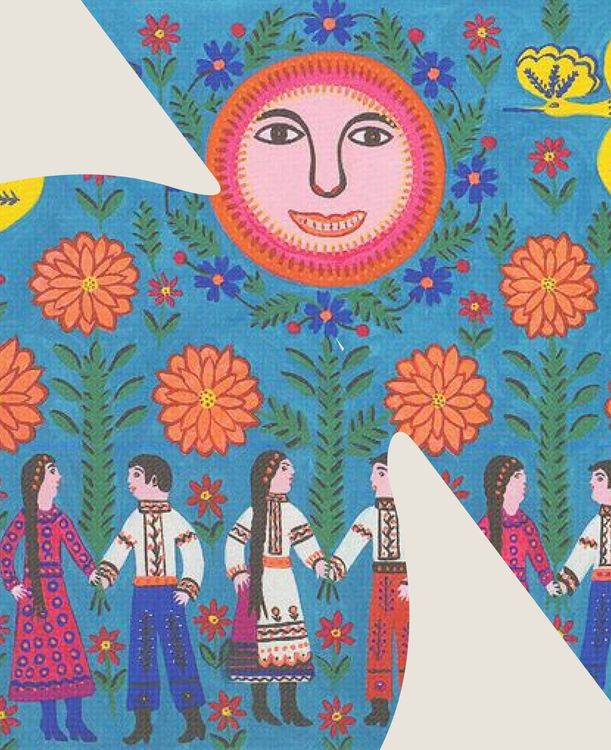
Yuzivka

Crimean Tatars, Karaites and Krymchaks (qırımlılar, qaraylar)

Peresopnytske Yevanheliie (The Peresopnytsia Gospel)

Creative & Tech Online Institute
Медіа про дизайн, креатив і тех індустрії

Ukrainski sichovi striltsi (The Ukrainian Sich Riflemen, or the USS)

“Smilyvi zavzhdy maiut shchastia” (“The brave always have happiness”)

Lisova Pisnia (The Forest Song)
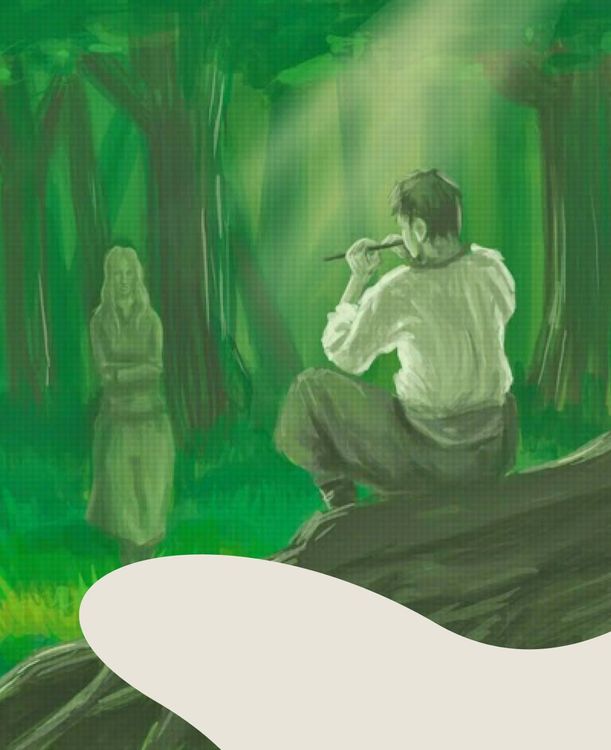
Antonov AN-225 Mriya ("The Dream")
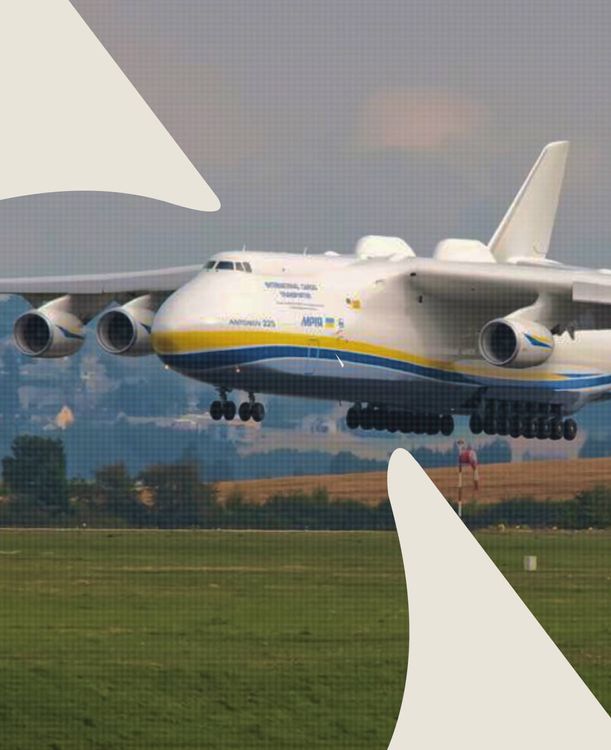

Ukrainski sichovi striltsi (The Ukrainian Sich Riflemen, or the USS)

Holodomor

Georgiy Gongadze

Yuzivka

Budynok “Slovo” (The Slovo Building, or "The Word")
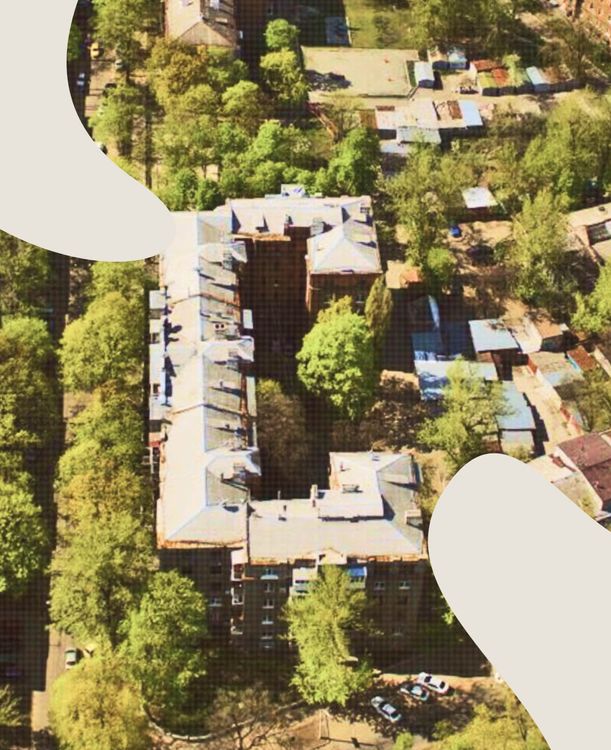
Volia — collective concept, most often translated as Freedom

Peresopnytske Yevanheliie (The Peresopnytsia Gospel)

Antonov AN-225 Mriya ("The Dream")


Ukrainski sichovi striltsi (The Ukrainian Sich Riflemen, or the USS)

Yizhak protytankovyi (Czech hedgehog)

Budynok “Slovo” (The Slovo Building, or "The Word")





